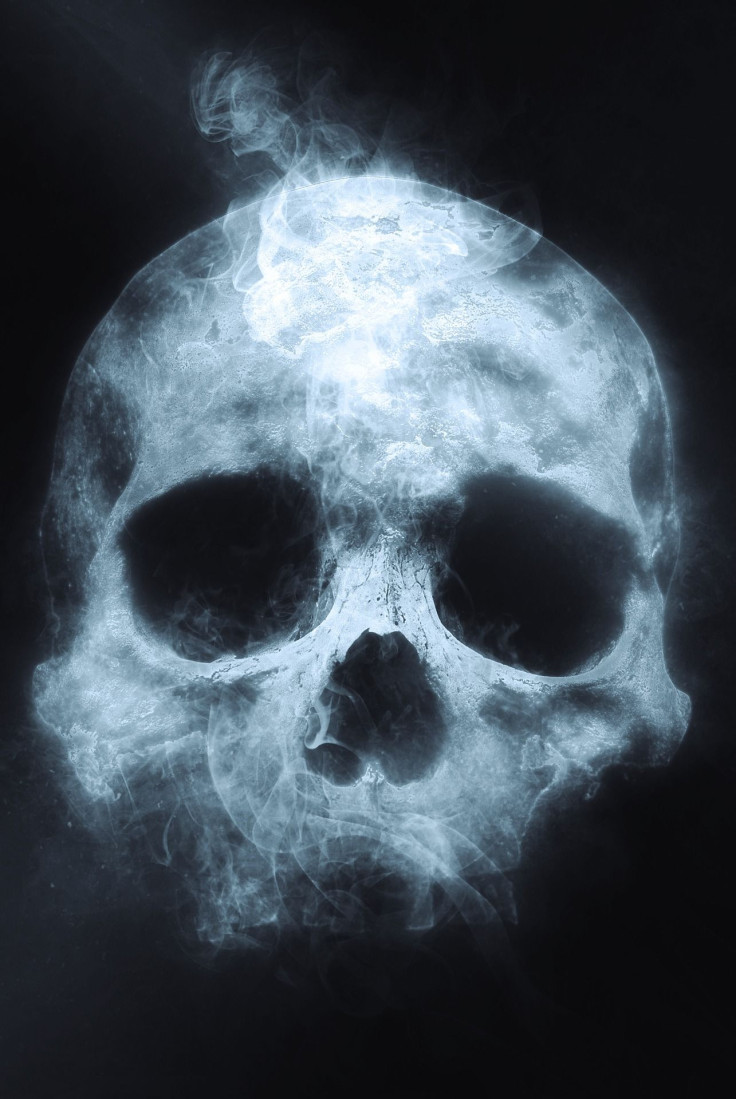What Killed The Nazis In ‘Raiders Of The Lost Ark’? Science-Backed Reasons Their Faces Melted

Indiana Jones claims not to believe in magic, but even he knows not to open the Ark of the Covenant. It holds “lightning ... fire … power of God, or something.” And that’s what drew the Nazi villains of “Raiders of the Lost Ark” — making their army unstoppable. But in the quest to become gods on Earth, they found out why death has always surrounded the Ark, and they get their faces melted off in what is one of the most memorable but ludicrous scenes from movie history.
Nothing could have that effect on the human body, right? Well, setting aside the fact that Indy and his love interest/pain in the butt Marion Ravenwood were left untouched and that the lower-ranking Nazis present at the time actually died by explosion: yes and no.
The closest answer in terms of appearance might be xeroderma pigmentosum, a rare genetic condition that causes the skin to look like it is melting away when it comes into contact with ultraviolet light from the Sun. It hit the news a couple of years ago when it was found that a large group in a small Brazilian village was suffering from the skin disease, which prevents the body from repairing sun damage as it does in healthy people. The Nazi leaders in “Raiders” were hit with burning streams of light (and spirits) coming out of the Ark, so perhaps their skin rapidly melted away thanks to XP? Maybe, but it’s not likely. It’s so rare that only one in a million people in the United States has the skin disease, so it probably couldn’t have killed the villains gathered in the climactic Ark scene.
Maybe the Ark infected everyone on the scene with bacteria that causes necrotizing fasciitis? The more commonly used terminology, flesh-eating bacteria, is pretty self-explanatory: This bacterial skin infection quickly kills soft tissue, eating away at the skin and the tissue below the surface, and can be fatal if left untreated. The National Organization for Rare Disorders says if the condition is not quickly treated with antibiotics, “the patient may develop toxic shock syndrome ... which may lead to multiple organ failure and death.” Any one of a number of different bacteria could cause the condition when it enters the body, often through an external cut, scratch or injury of some sort. OK, we’re getting warmer, but this is still a pretty rare condition and wouldn’t act immediately. Surely there must be some fast-acting environmental agent that could melt someone's skin off?
Enter: Radiation.
A small exposure could cause peeling skin, among other side effects like vomiting, but extreme exposure to nuclear radiation obviously comes with extreme versions of those symptoms. If the 2002 thriller “K-19: The Widowmaker” (also starring Harrison Ford!), based on a true Soviet-era story, taught us anything it’s that radiation sickness is disgusting and painful. The most affected members of the crew, on a submarine with an overheating nuclear reactor, had swollen and deformed faces, with burns all over. It’s not an isolated incident either: In Japan in 1999, two people were killed and many more hit with radiation after an accident at a fuel plant involving overloaded levels of enriched uranium, the World Nuclear Association says. One of the victims reportedly had his skin falling off, after it blackened and blistered.
If the Nazis in “Raiders” were exposed to the highest possible levels of radiation possible — say, when they opened a sacred, mythical Ark allegedly containing the power of God — it would be entirely possible to see their skin burning off immediately, perhaps down to the bone.
No matter the cause of their deaths, I think we can all agree those power-hungry devils got exactly what they deserved.



























